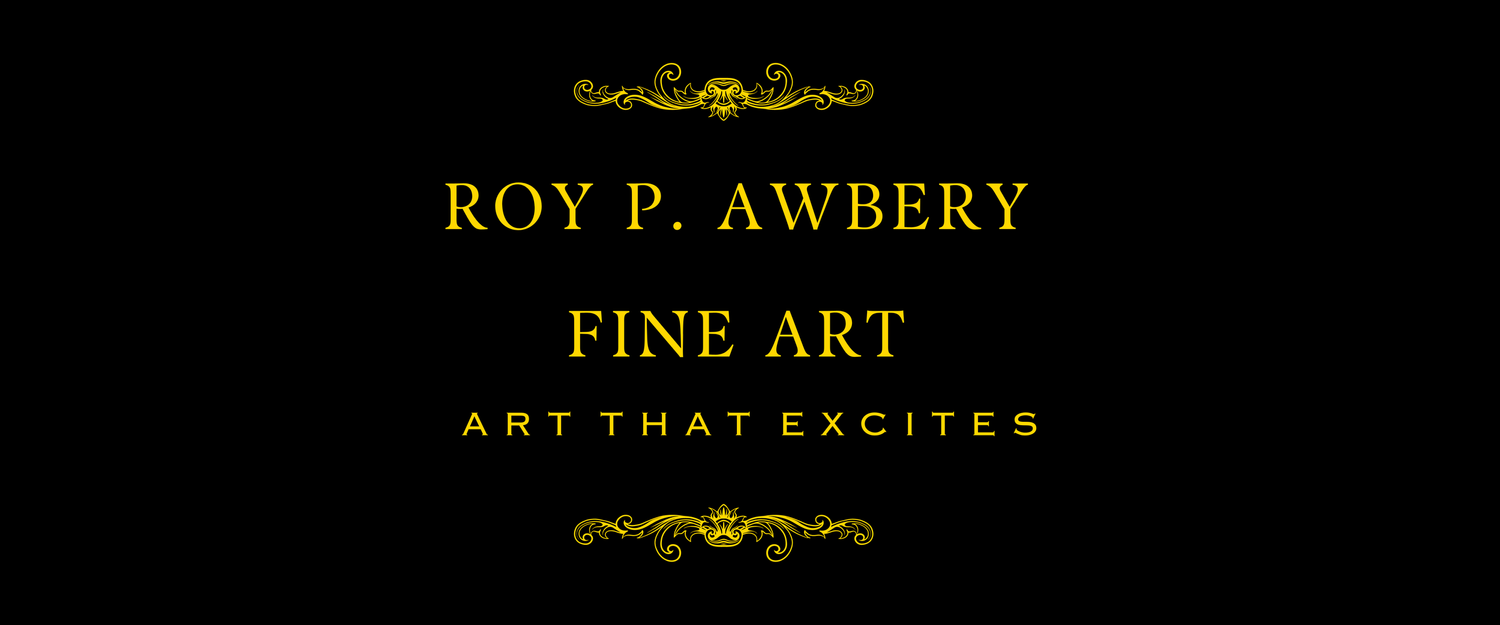Why paint book illustrations?
I’m writing a book! Well, two books actually. Why should I be posting about book writing when I should be promoting myself as an artist? Simple - the books need illustrations and lots of them and the best way to learn something is to do it a lot.
When I first started painting, just two years ago, I set myself the goal of painting something, anything, every day for 30 days. You can read about that in the About Section. I was never very good at illustrating so thought I would challenge myself to not only learn but to have the target of writing a book.
My first book is a typical square format colour illustrated children’s book. The sort of book that is light on words and heavy on imagery. The typical book is 32 pages with an average of 500 words. I was surprised how small this number is and my first challenge was writing a story in just 500 words. Early readers books also have a set of requirements: they must teach a child something new, use repetitive language and be funny or at least engaging. I had no idea how hard that was going to be!
My story is about dinosaurs arguing who is the scariest, with a funny twist at the end. I tested it out on my three year old granddaughter. She loved it and laughed so I think it passed the test.
Of course, this blog isn’t about the story, its about the artwork. Now, I could have some decided to pay a professional illustrator to do the artwork for me. However, this would cost around £5000 and wouldn’t help me learn. So, I started to research.
I gathered together as many children’s books as I could find and tried to average out the elements that make up these books. Here’s what I discovered:
Titles are short and catchy
Alliterations are popular
Pages between covers are 32
Story pages are between 22 and 28
Remaining pages are for dedications, copyright etc.
Artwork and blank pages can be used to fill space.
Stories are around 500 words
A Sans-serif font is used - makes for clear and easy to read text
Font size is large, after higher than 16 points.
Illustrations
I also researched how to draw and paint illustrations. There are so many ways to do them from using digital means, drawing then scanning and digitally manipulating, painting in watercolour or acrylic or even coloured pencil, black and white pencil sketches, black fine point line drawing and combining line drawing with watercolours. It is this last one that I was drawn to (pardon the pun!).
I tried a number of those aforementioned methods but none really worked for me and the results were not great. Finally, I found a method that works for me and in summary, is this:
Write the story, in rough draft, first.
Draw a grid on paper with 32 squares. This represents your book pages.
Write in each square the type of image you think you want. Just ideas at this stage.
Begin to roughly sketch in each image box the outline of the illustration. Just capture the key elements.
Review your draft story and compare with your sketch outline, or storyboard. With only 500 words be sure your images convey things that you don’t need to say in words. For example, if its a sunny day in the jungle, show it in the image rather than waste valuable words saying it.
Once happy with the storyboard begin sketching each image on separate sheets of paper. Again, this is just rough sketching but scaling up to see how the elements fit together and remember to leave space for your text. At this stage you can consider which images could span double pages if you wish.
Next, I redraw the images onto good quality, heavy gauge watercolour paper using a light pencil. I use good quality paper because each illustration will be a piece of artwork in its own right and the heavy gauge tends to prevent the paper from buckling when wet.
Once I’m happy with the sketch I go over the pencil lines with permanent black ink fine liner pens.
Finally, its time to start painting. I will describe the painting process in another blog but for now will say that I use a combination of wet-into-wet and wet-on-dry techniques amongst others.
Getting it Printed
My first priority was to get a soft-back copy of the book printed as a gift for my grandchildren. For this I used Kindle Direct Publishing. However, as I haven’t quite got to that stage I will tell you about that in a future blog.
For now, time for me to get back in the studio and paint!






